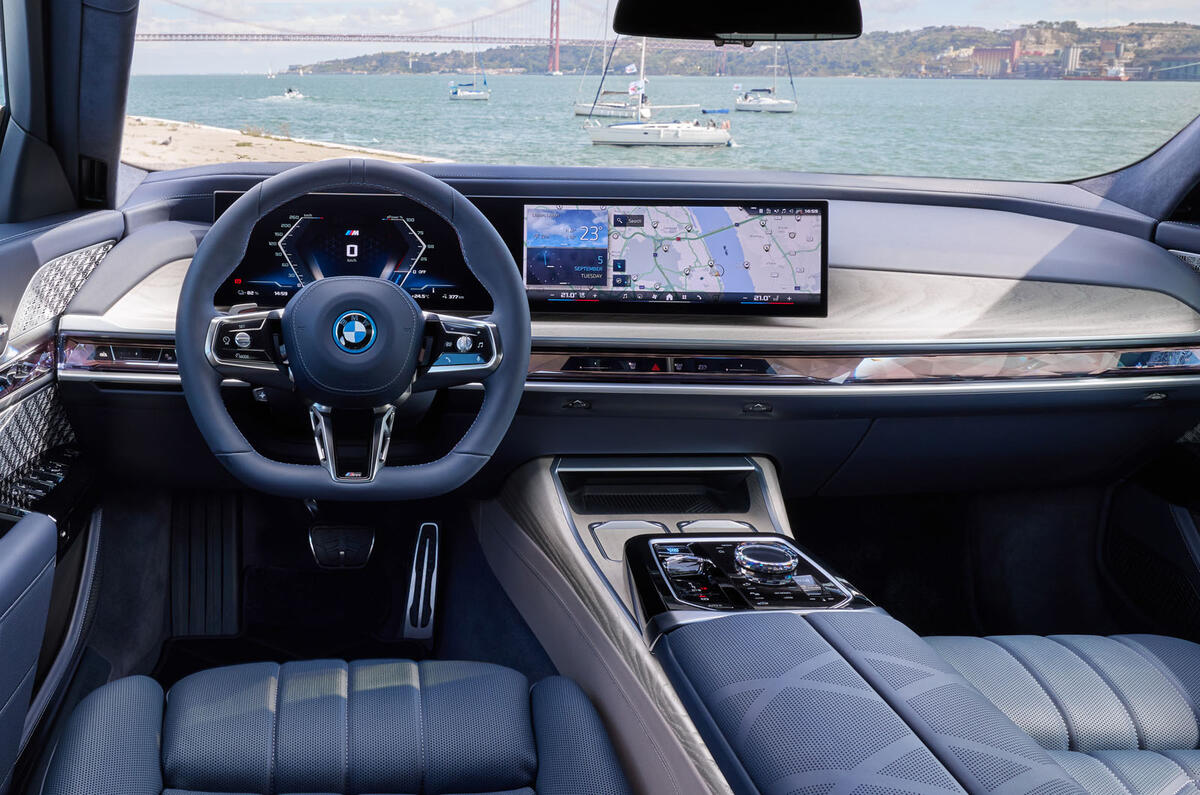Many new terms have entered the automotive lexicon over the past few years with the rise of electrification, some easier to define and understand than others.
Software-defined vehicles (SDVs) sits towards the jargon end of the scale, yet it’s a term that almost all major car manufacturers are using to describe their cars of the future and their capabilities.




Add your comment